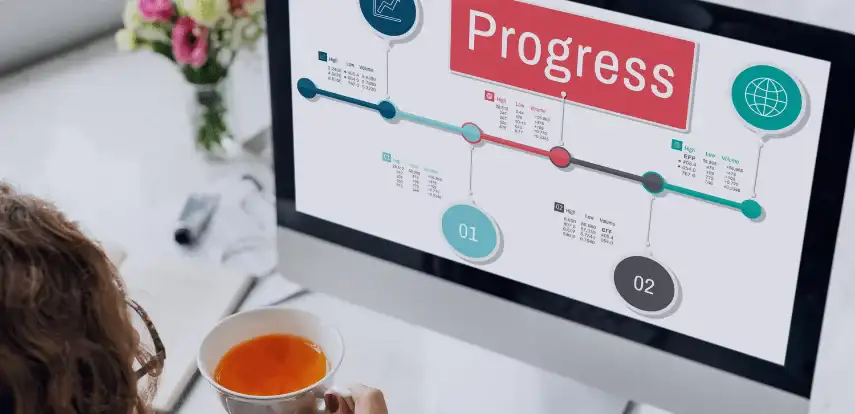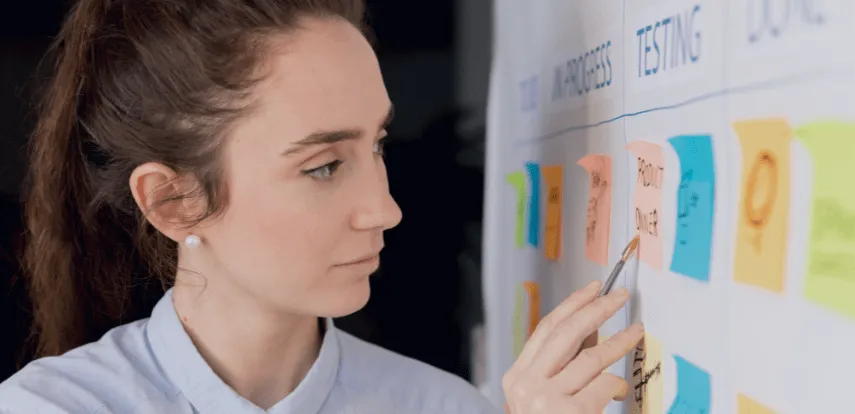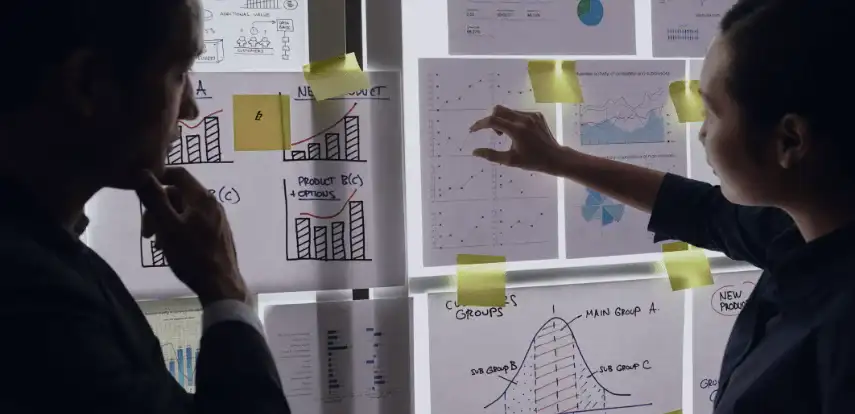Need assistance with the vital “Discovery Phase” of your digital project? Our experts excel in software ideation, planning, design, UX/UI, coding, testing, and deployment. With ValueCoders’ discovery services, we transform project specifications into tangible development, enhancing product quality and accelerating completion while saving costs.
Get free consultation and let us know your project idea to turn it into an amazing digital product.

We are Experts in
We enable businesses across the globe to scale, transform, and gain a competitive advantage through the discovery phase development, which includes defining problems, identifying stakeholders, creating and executing project plan, etc.
We are acknowledged in the industry owing to the following USPs:
From startups to big enterprises, development
From startups to big enterprises, development
From startups to big enterprises, development
From startups to big enterprises, development
From startups to big enterprises, development
From startups to big enterprises, development
From startups to big enterprises, development
Drop us a line and we'll get back to you immediately to schedule a call and discuss your needs personally.


A discovery phase is the initial phase of a product or project during which all possible options are explored. It’s called the “discovery” phase because it’s during this time that all potential solutions are identified and analyzed to determine the best path forward.
The discovery phase is a critical part of any project, as it allows for all potential options to be evaluated before making a decision. This prevents costly mistakes later on and helps ensure that the best solution is ultimately chosen.
It is an investigative stage of a project where we identify and evaluate all potential solutions. During this phase, the project team gathers information about the problem, brainstorms possible solutions, and evaluates each solution to determine its feasibility.
This phase is important because it lays the foundation for everything that follows. If you can’t validate that there is a problem worth solving or that you can solve it, you won’t get very far. And even if you validate those things, it’s still important to determine whether there is a large enough market for your product. Because if there isn’t, your business won’t be successful, no matter how good your solution is.
A Discovery phase has the following steps:


During the product discovery phase, several activities are typically conducted to gain a deep understanding of user needs, market dynamics, and project constraints. These activities may include:
By conducting these activities, the product discovery phase enables a comprehensive understanding of user needs, market dynamics, and project constraints, which serves as a solid foundation for the subsequent phases of product development.

During the product discovery phase, various methods and techniques are employed to gather user feedback and validate assumptions. Some common ones include:
By employing these methodologies and techniques, product teams can gather user feedback, validate assumptions, and make informed decisions during the product discovery phase, ultimately leading to a more user-centered and successful product.

The product discovery phase plays a crucial role in identifying and prioritizing features and functionalities for the product. Here’s how:

User feedback and data collected during the product discovery phase significantly inform decision-making and shape the product roadmap. Here’s how they are utilized:
The team gains valuable insights that inform decision-making, drive improvements, and shape the product roadmap by actively collecting and analyzing user feedback and data during the product discovery phase.

The Discovery phase is about learning as much as possible about a business’s customer, their needs, and what solutions might best meet those needs. This information is then used to create a preliminary product or service that can be tested with potential customers in the Validation phase.
At the end of the Discovery phase, a business will have a much better understanding of its target customer, their needs, and what solutions might best meet those needs. They’ll also have some initial ideas about what that product or service might look like and how it could be marketed to customers. However, it’s important to note that this is still just a preliminary version of the product or service and may undergo significant changes.
A business typically gets the following at the end of the Discovery phase:
You should choose ValueCoders for your Discovery Phase development needs for many reasons. Here are some of the key features that set us apart:
Discovery phase development is a key part of the software development process.
The time it takes to develop a project’s discovery phase can vary depending on the size and complexity of the project. However, on average, Valuecoders generally spends around two weeks on this phase.
This initial phase is important to understand the customer’s business needs and requirements clearly. During this time, our team works closely with the customer to identify the project’s desired outcomes and key objectives. We then develop a plan that outlines how we will achieve these objectives.
The cost of developing the product discovery phase can vary significantly depending on various factors such as the product’s complexity, the project’s scope, the resources involved, and the location of the development team. However, generally, we charge $25-$30 hourly to develop the project discovery phase.
We are grateful for our clients’ trust in us, and we take great pride in delivering quality solutions that exceed their expectations. Here is what some of them have to say about us:
Trusted by Startups and Fortune 500 companies
We can handle projects of all complexities.
Startups to Fortune 500, we have worked with all.
Top 1% industry talent to ensure your digital success.



Let's discuss how we can bring your vision to life.